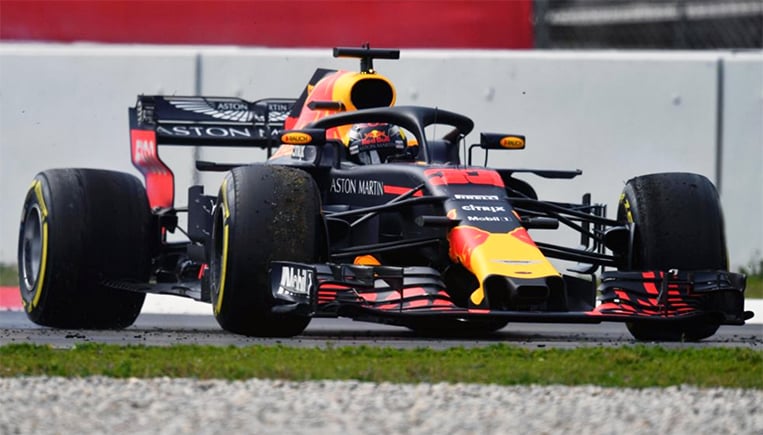
The last time I religiously watched the entire Formula 1 season was in 2004. Michael Schumacher won his last drivers’ championship that year. Pursuing an engineering degree in college meant I really had no more time watching races, especially those that were held in the wee hours of our time zone. The move from the screaming V10 engines to the smaller V8 powerplants and then to the turbo V6 motors didn’t sit well with me either. But in the hope of rediscovering my interest in the sport, I’ve put together a simple guide to the 2018 season, which officially kicks off today at Albert Park in Melbourne, Australia.
Here are the basic things you need to know about the 2018 F1 season if you intend to follow the series this year.
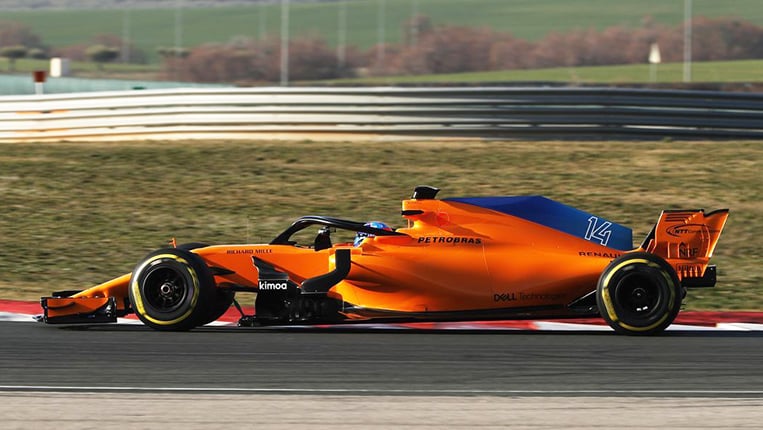
1. No more T-wings and shark fins. Previously a loophole in the 2017 rules, these gawky extensions and bits of aero on the engine covers are now outlawed. The cars currently sport a swept forward fin in this area.
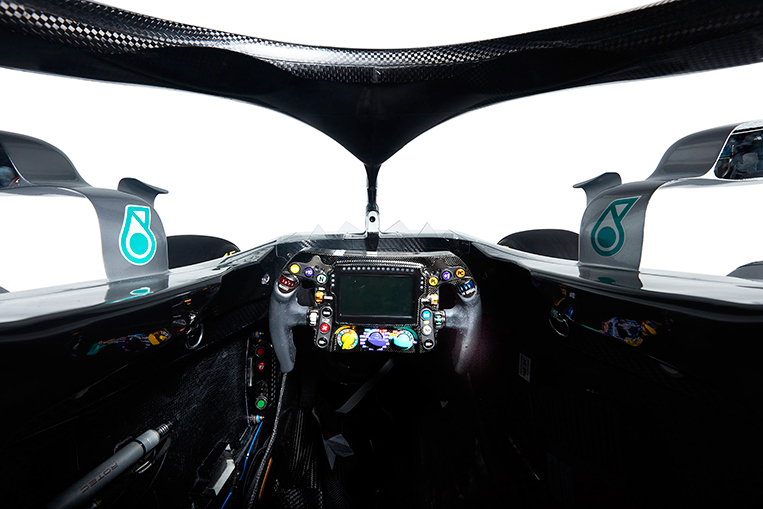
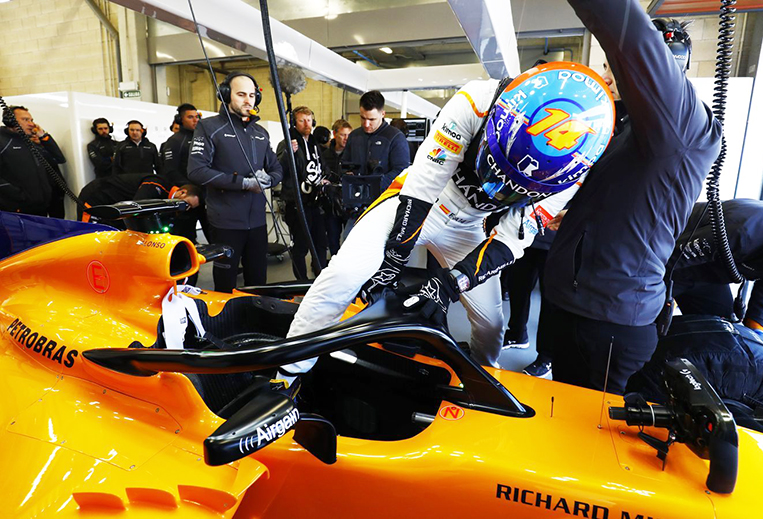
2. Halo be thy name. In case you’re wondering what that weird-looking cockpit contraption is—which makes the car look like a flip-flop sandal—that’s the safety device designed to deflect debris away from the driver’s head in case of an accident. Teams have been given free rein in designing their own halos, which explains the varying styles of the device.
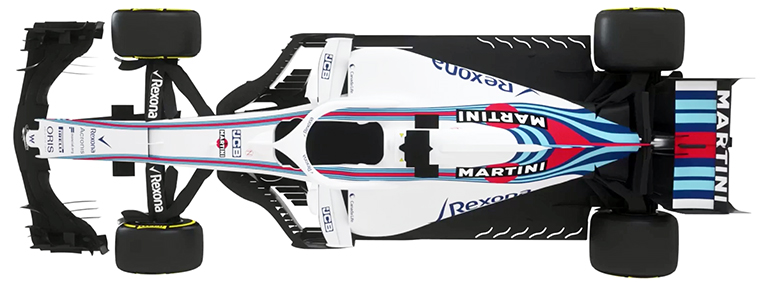
3. Trick suspension suspended. Active suspension systems were supposed to have been banned after the 1993 season, but teams have apparently found a way to incorporate passive systems that alter the car’s aerodynamics in real time. These are now a no-no for 2018.
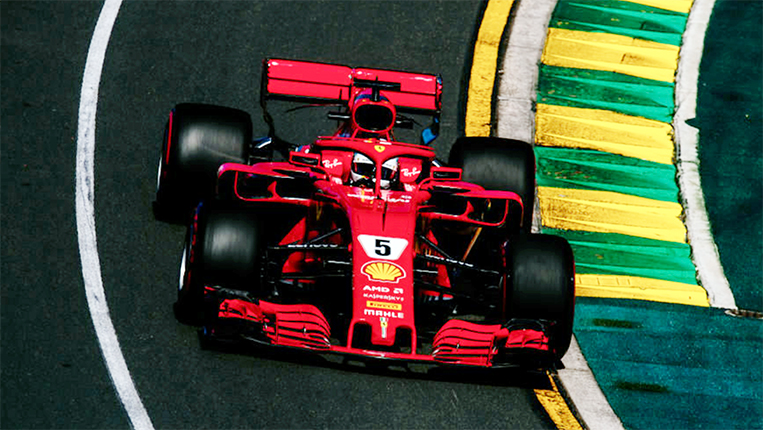
4. One less motor. Only three engines per car are allowed for the entire season. Engine suppliers will now have to up their game in terms of reliability and parts longevity. Walking the fine line between performance and durability just became that little bit trickier.
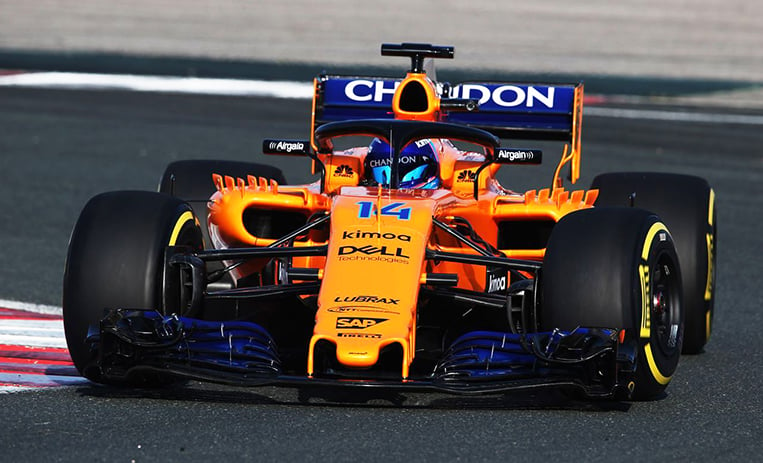
5. Less confusing grid penalties. Last year, the grid penalties incurred from changing engine parts racked up multiple grid-position drops, oftentimes exceeding the number of cars on the track. This year, when a driver earns a grid penalty of at least 15 places, he will automatically start from the back. Less confusing for fans—and for the folks arranging the starting grid.
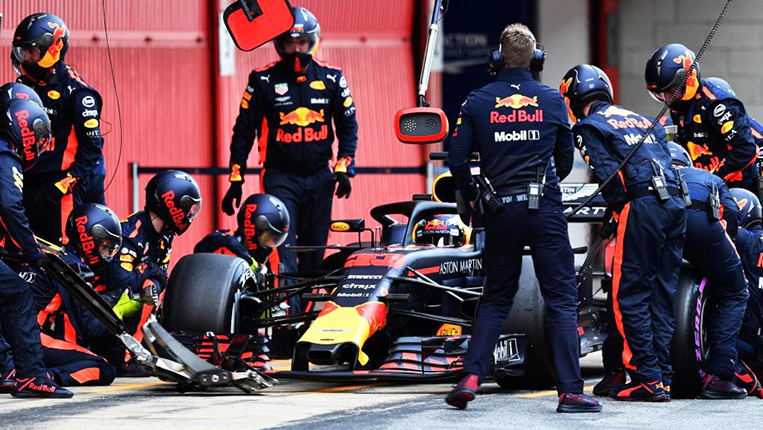
6. More rubber choices. Teams now have a whopping seven options for dry-weather tire compounds, up by two from last year. In addition, all tire compounds are softer than last year’s—effectively making them the fastest tires in F1 history. Pit strategies just got more interesting.
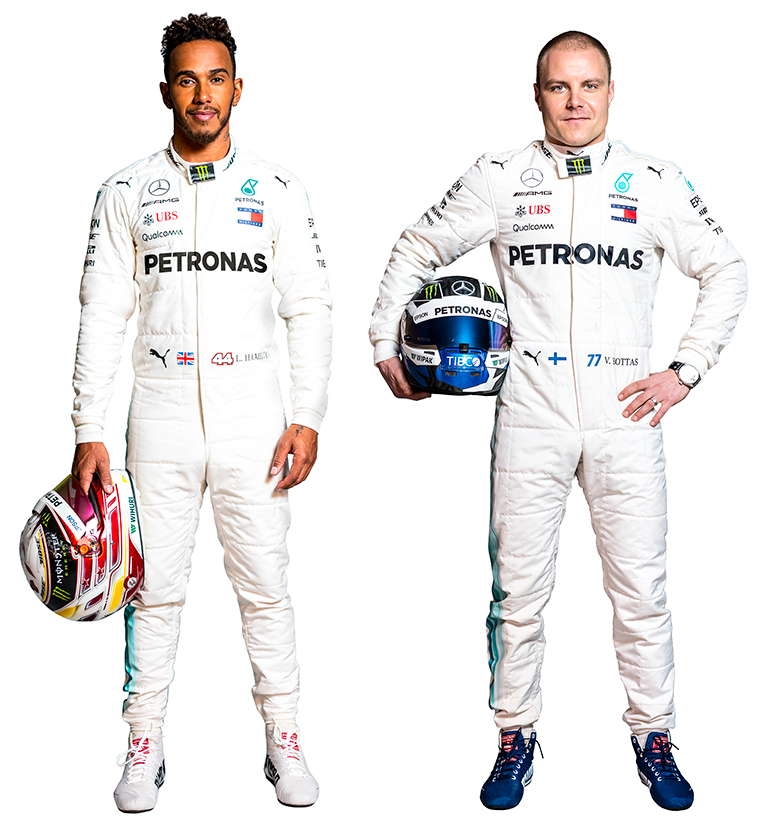
7. Ten teams, 20 drivers. Here is the full roster of teams as well as their driver pairings.
- Mercedes – Lewis Hamilton (44); Valtteri Bottas (77)
- Ferrari – Sebastian Vettel (5); Kimi Raikkonen (7)
- Red Bull – Daniel Ricciardo (3); Max Verstappen (33)
- Force India – Sergio Perez (11); Esteban Ocon (31)
- Williams – Lance Stroll (18); Sergey Sirotkin (35)
- Renault – Nico Hulkenberg (27); Carlos Sainz Jr. (55)
- Toro Rosso – Pierre Gasly (10); Brendon Hartley (28)
- Haas – Romain Grosjean (8); Kevin Magnussen (20)
- McLaren – Fernando Alonso (14); Stoffel Vandoorne (2)
- Sauber – Marcus Ericsson (9); Charles Leclerc (16)
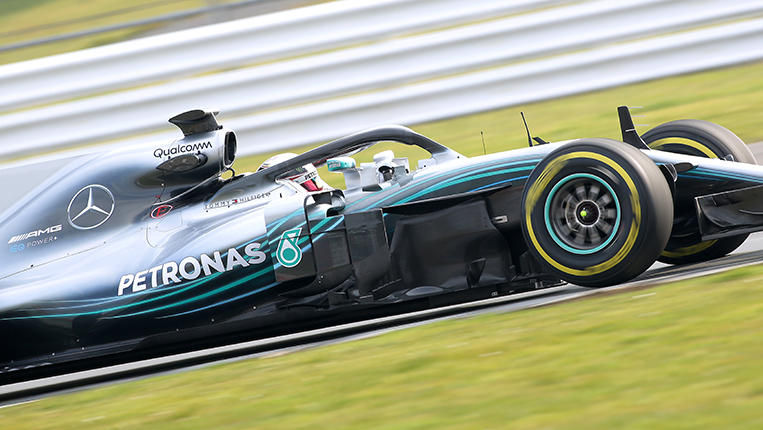
8. Twenty-one races from March to November. Be sure to mark your calendar because it’s going to be a long, grueling season.
- Australian Grand Prix – March 25
- Bahrain Grand Prix – April 8
- Chinese Grand Prix – April 15
- Azerbaijan Grand Prix – April 29
- Spanish Grand Prix – May 13
- Monaco Grand Prix – May 27
- Canadian Grand Prix – June 10
- French Grand Prix – June 24
- Austrian Grand Prix – July 1
- British Grand Prix – July 8
- German Grand Prix – July 22
- Hungarian Grand Prix – July 29
- Belgian Grand Prix – August 26
- Italian Grand Prix – September 2
- Singapore Grand Prix – September 16
- Russian Grand Prix – September 30
- Japanese Grand Prix – October 7
- United States Grand Prix – October 21
- Mexican Grand Prix – October 28
- Brazilian Grand Prix – November 11
- Abu Dhabi Grand Prix – November 25

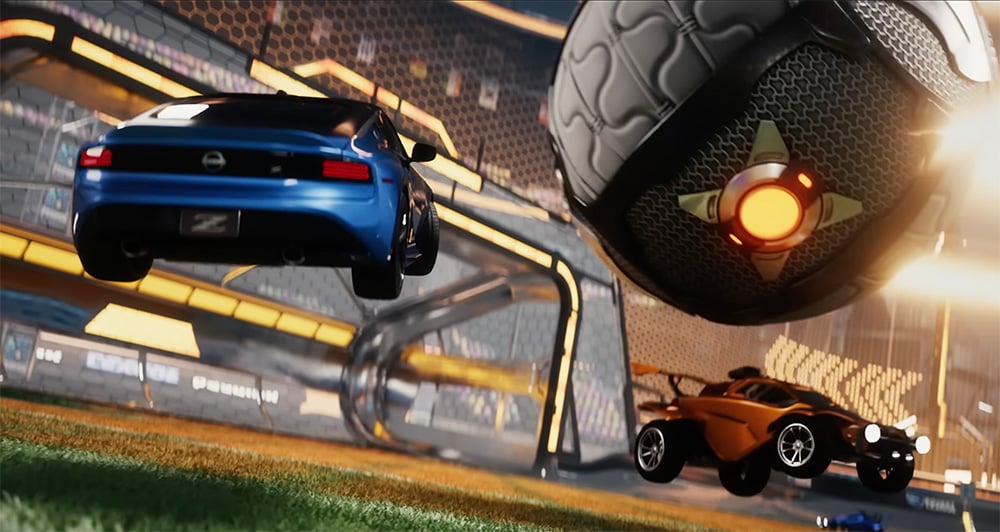
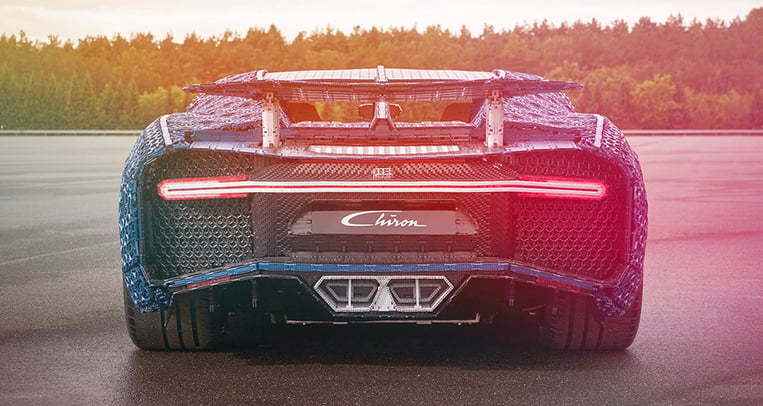
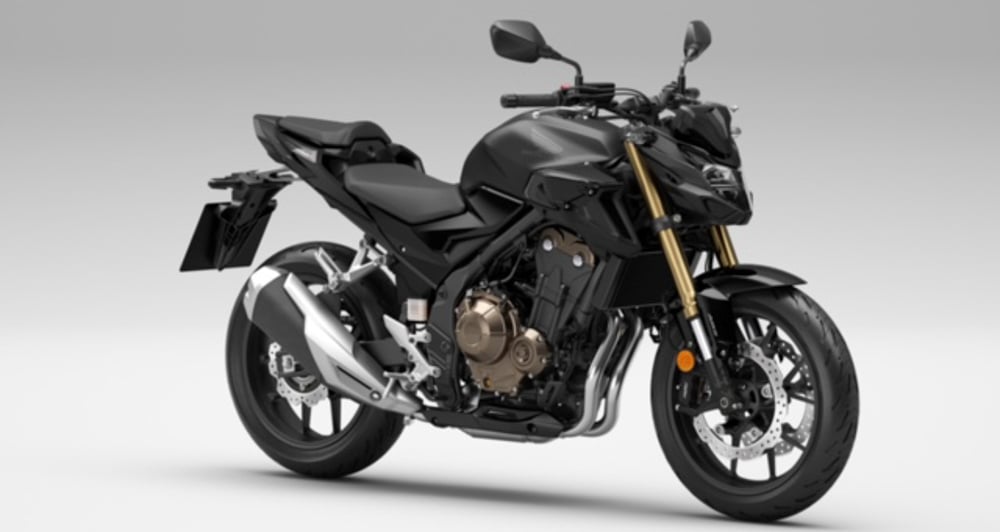

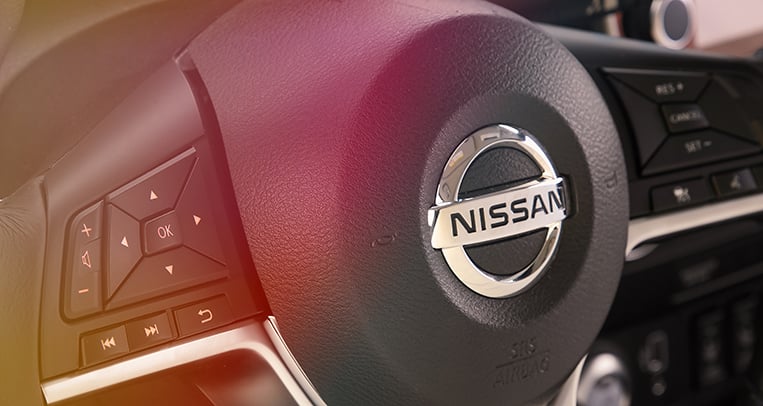
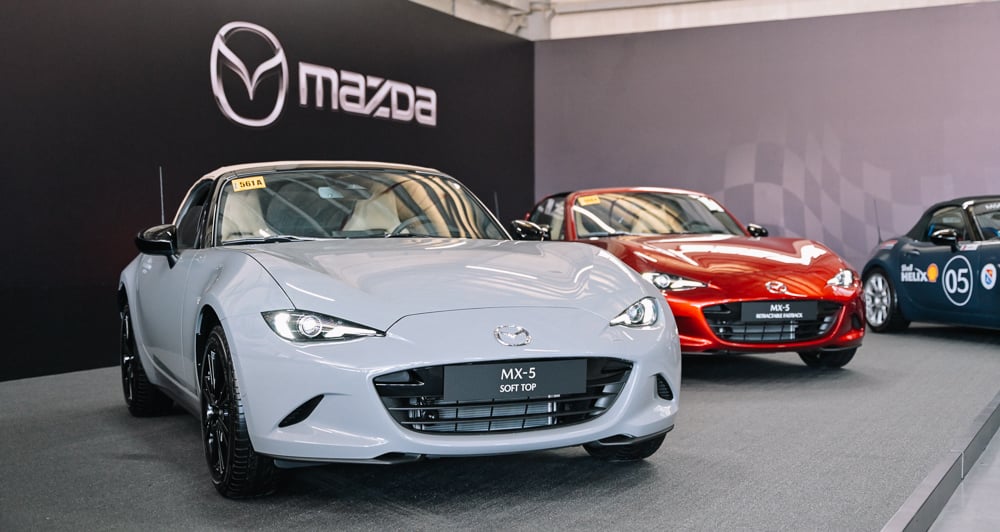




Comments